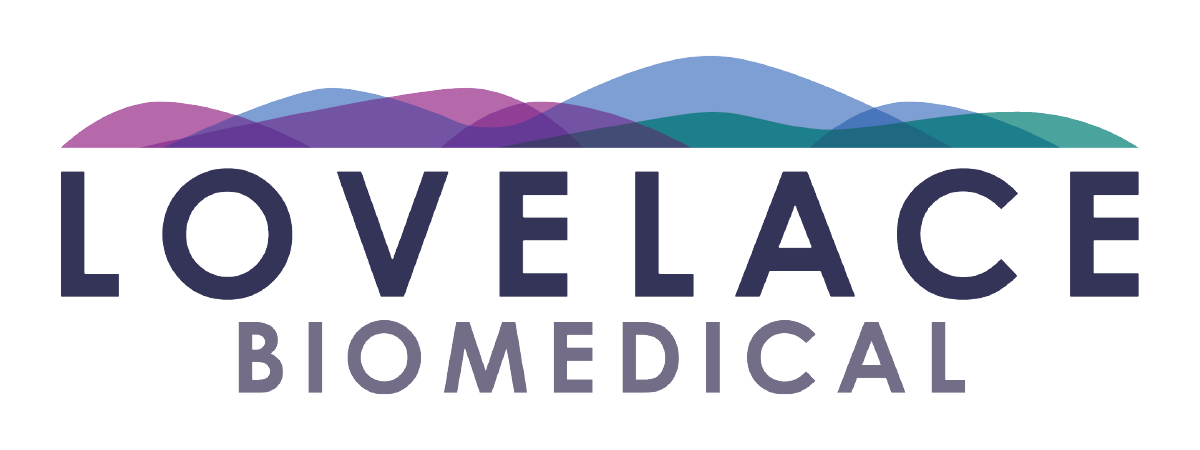It was nearly a century ago, in 1918, that an influenza pandemic swept the world, killing as many as 40 million people. The “Spanish Flu,” as it was known, ended up causing nearly 675,000 deaths in the U.S., as it was a strain that quickly converted to pneumonia at a time when antibiotic drugs weren’t available.
One hundred years later, much has changed in our world of modern medicine. But one thing hasn’t: the flu is still a colossal health risk in our country, ranking solidly among the Center for Disease Control’s top 10 causes of death per year, right after diabetes. In the U.S., the total economic burden of the flu is estimated at roughly $87 billion per year.
Understandably, many leading biotechnology and pharma companies are seeking a better way to prevent and treat both seasonal and pandemic strains of flu. They’re looking to create a more effective vaccine for a virus that’s biologically predisposed to rapidly mutate and sometimes even produce new hybrid strains (a process known as genomic reassortment). New antivirals are being explored to control the spread of the flu when a vaccine isn’t yet available.
Lovelace Biomedical has a long-standing specialty in preclinical research to advance new medical countermeasures for infectious diseases, including the flu. Our teams can address the challenges of seasonal and “high-path” influenza vaccines and therapies, and they have deep experience working with most common flu strains, as well as access to novel strains in animal models.
Most traditional CROs are not well-equipped to take on infectious disease projects — not only because they don’t have the expertise, but their facilities are not designed to handle the many sensitive requirements infectious disease testing entails. Lovelace Biomedical is an exception; we know the endpoints that matter, and we know how to get there. Our ABSL3 facility enables thorough evaluation of highly pathogenic influenza and low-pathogenic strains, while our BSL2 facility is ideal for seasonal and swine flu strains.
Importantly, we also have a proficiency in production of flu reagents, including flu virus production and ferret antisera to enable vaccine development. Convalescent antiserum obtained from ferrets is the most sensitive reagent for detecting antigenic variation among influenza viruses. Ferrets can produce antibodies that are very useful for determining if an H5N1 virus is antigenically close or distant from other H5N1 viruses.
For more information on Lovelace Biomedical’s capabilities in infectious disease and the flu, contact us today.

